The focal length of your lens indicates the angle of view. It determines how much of the scene will be captured in your image, and the size of your subject.
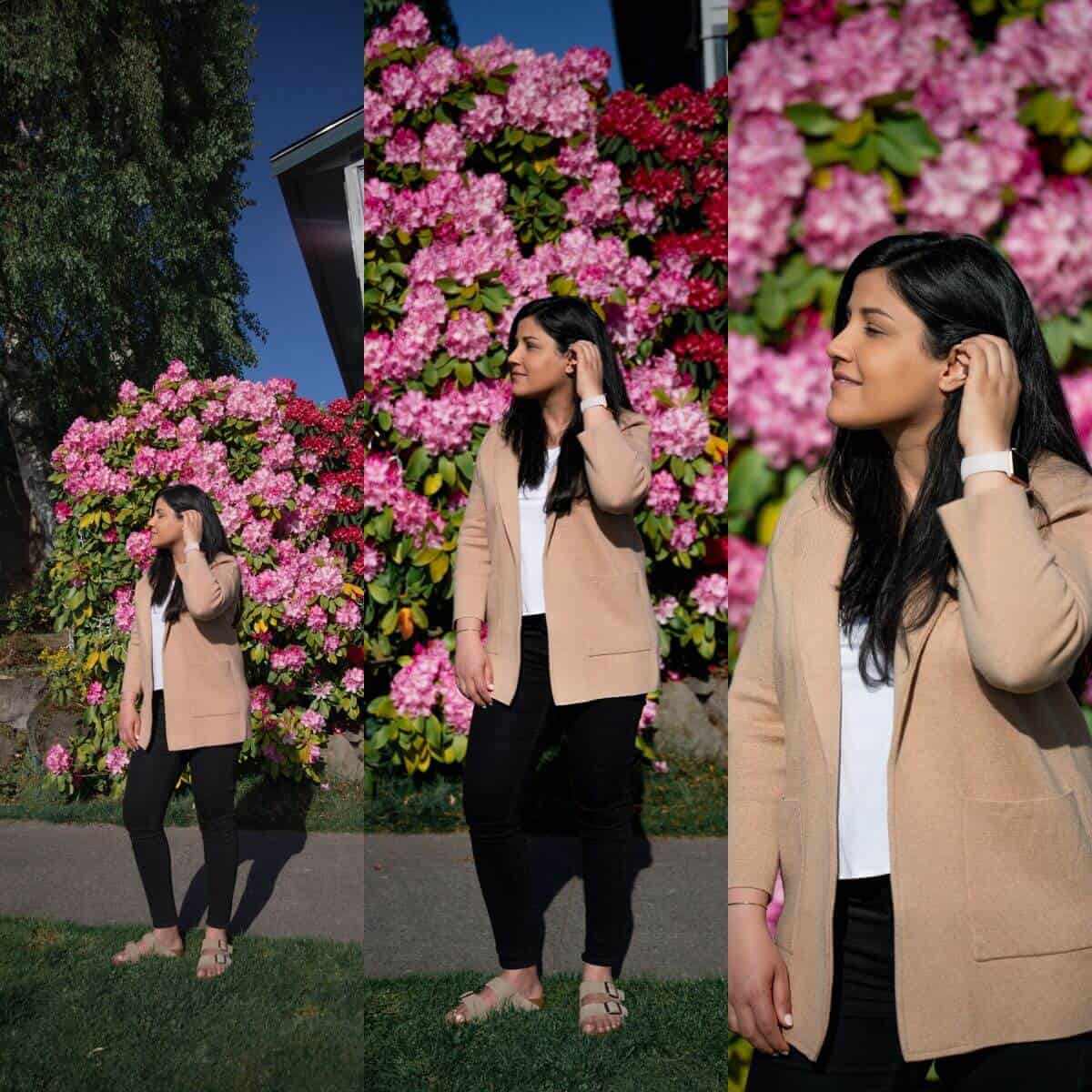
Understanding focal length
Focal length, which is represented by millimeters (mm), is the main measurement of a camera lens. Knowing what it means and how it works is crucial when it comes to buying a lens.
Related: Canon EF to Sony adapter guide
It’s determined by measuring the distance between the camera sensor and the point of convergence when the lens is focused at infinity. This is where the light rays intersect, and the digital sensor receives a sharp image.
A shorter focal length means that the angle of view will be wider, whereas a longer focal length results in a narrower one. This is the difference between wide-angle and telephoto lenses.
The following is a diagram of how focal length works:
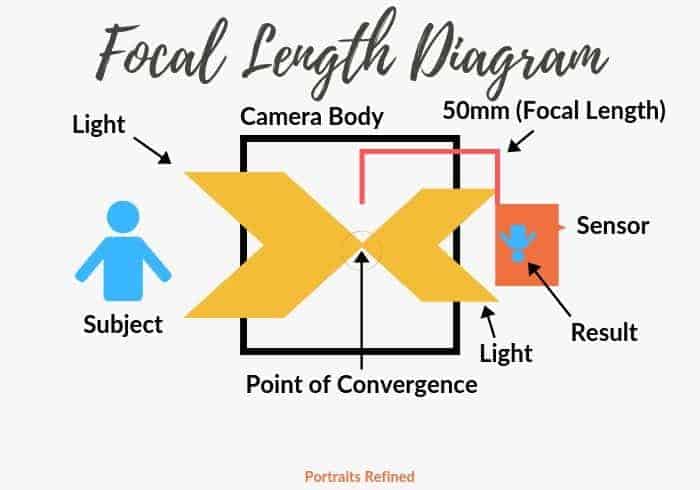
The result is upside down because the image that’s projected to the camera sensor is inverted and digitally flipped right side up.
Related article: How to use diagonal lines in photography
Focal length comparison
In this focal length comparison, we used a 24mm, 50mm, and 100mm lens to show the same picture at different focal lengths. All of the images were shot using the aperture f/2.8.
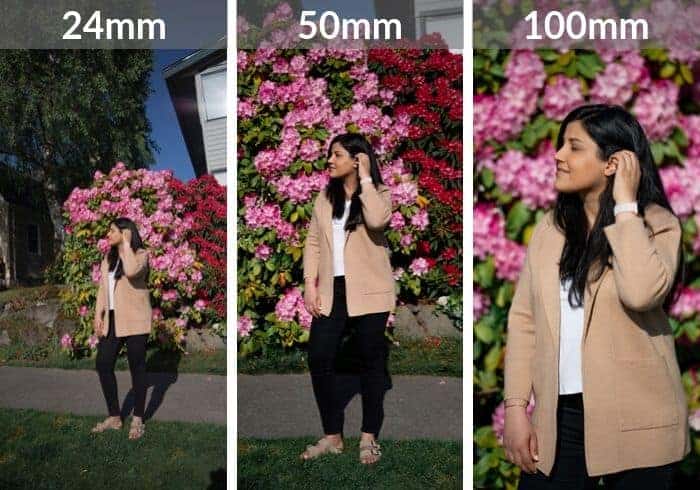
The following gear was used for the image:
The two main differences are how the subject looks and the background. At 24mm, you can see more of the background, with a sharp focus throughout the image, while the 100mm is narrow with a blurry background.
Longer focal lengths allow you to isolate the subject, while shorter focal lengths utilize the background as an important part of the scene.
Related article: The best Sigma Art lenses
Fixed vs. variable
Camera lenses are divided into two categories, fixed or variable. The categories are based on whether or not the lenses can zoom.
A fixed focal length, also known as a prime lens, can’t be changed. A lens with a variable focal length is also known as a zoom lens where the focal length changes by using the zoom ring.
Related: Prime vs. Zoom Lens
Classifications
The best lens for you depends on the purpose and types of photos you’re shooting. The following are the different focal length classifications and what they’re best for:
Wide-angle lens
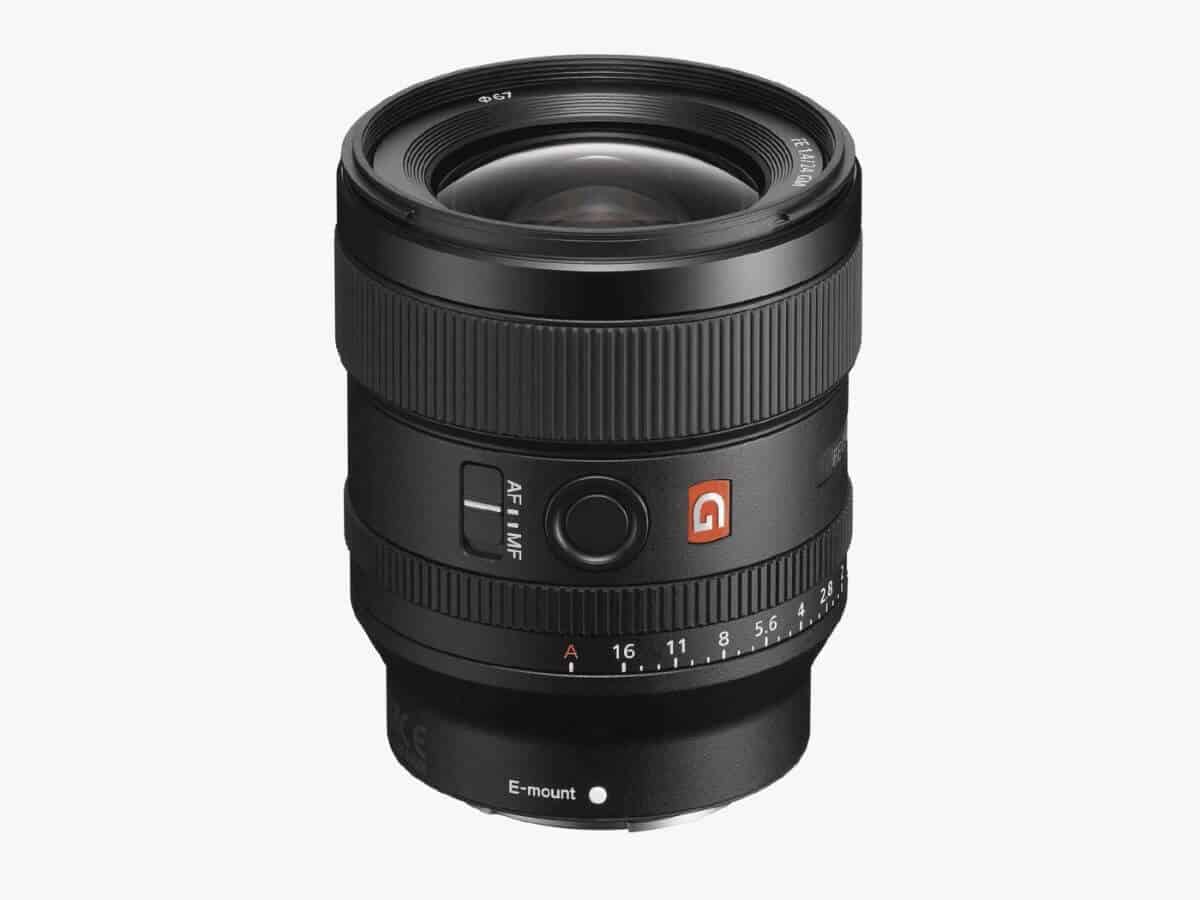
Wide-angle lenses are great for capturing a large portion of the scene. You’ll be able to take a photo of almost everything that you can see in front of you.
Full-Frame: 14mm – 35mm
Crop Sensor: 10mm – 24mm
Best for: Landscapes and Real Estate (exterior and interior).
Standard lens
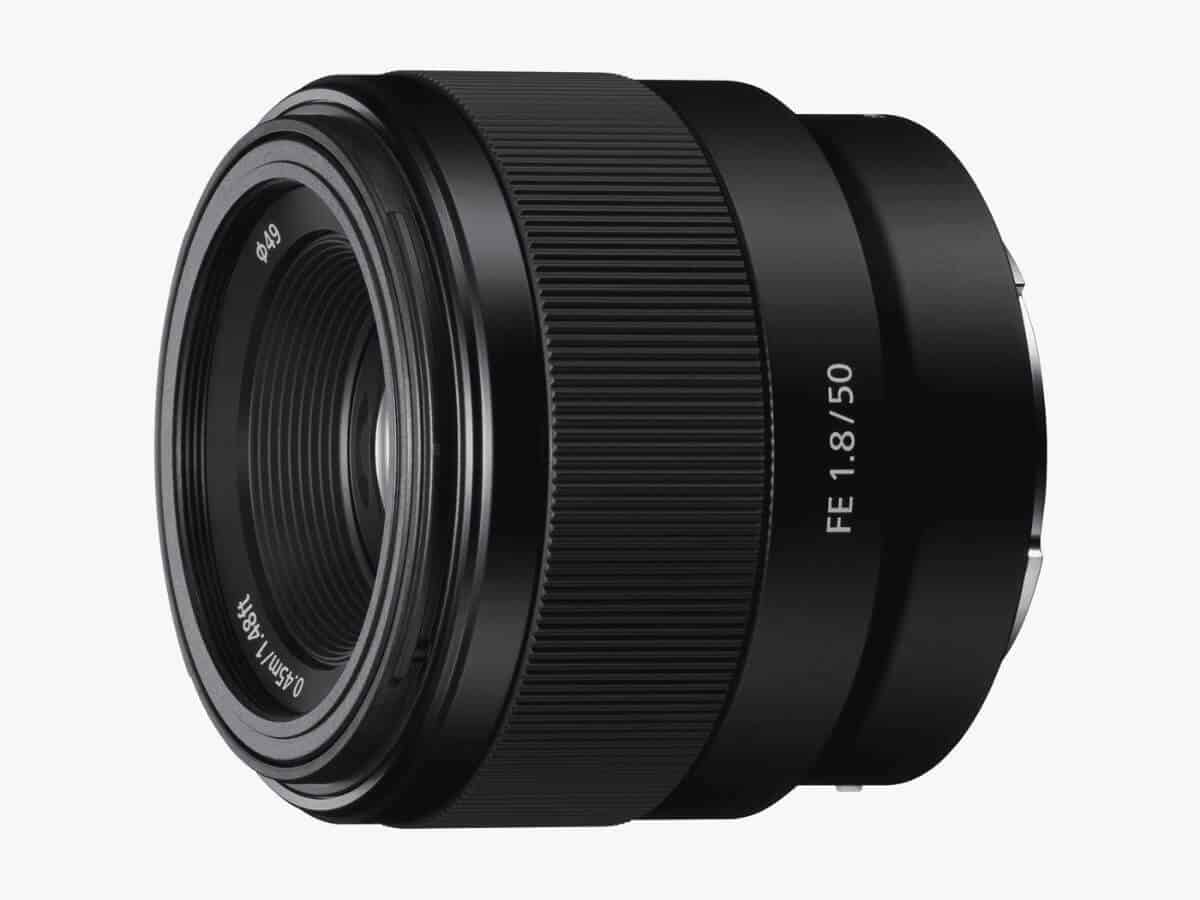
Standard lenses are similar to what the human eye sees. It’s a versatile lens that can be used for many types of photography.
Full-Frame: 50mm – 60mm
Crop Sensor: 24mm – 35mm
Best for: Portraits and Real Estate.
Telephoto lens
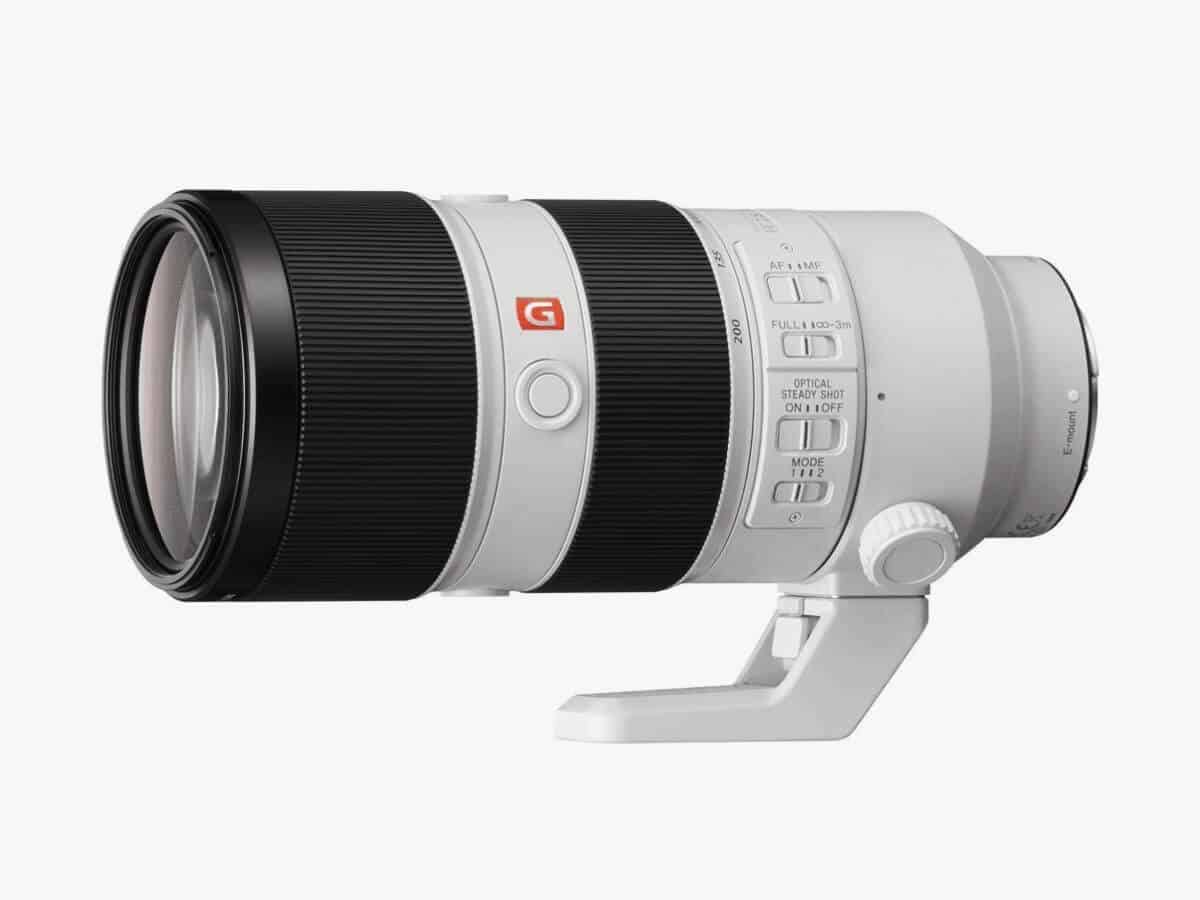
Telephoto lenses compress the image, which means it’s harder to tell what the distance is between your subject and objects in the photo. This lens is great for getting up close, especially when the subject is further away.
Full-Frame: 70mm – 200mm
Crop Sensor: 55mm – 200mm
Best for: Portraits, Weddings, and Wildlife.
Super-telephoto lens
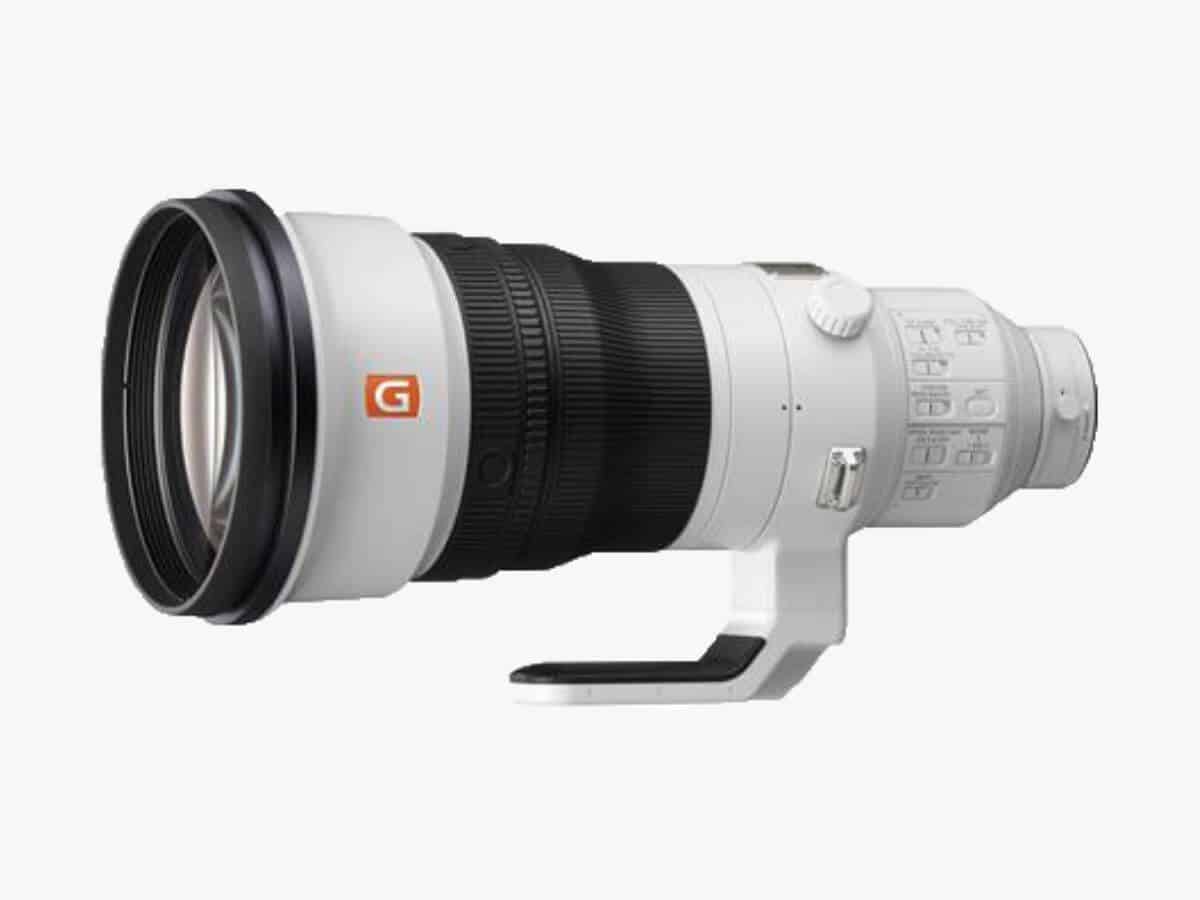
Super telephoto lenses take telephoto to the next level. They’re best for taking photos of distant subjects with clarity and sharpness.
Full-Frame: 300mm+
Crop Sensor: 200mm+
Best for: Wildlife and Sports.
Macro lens
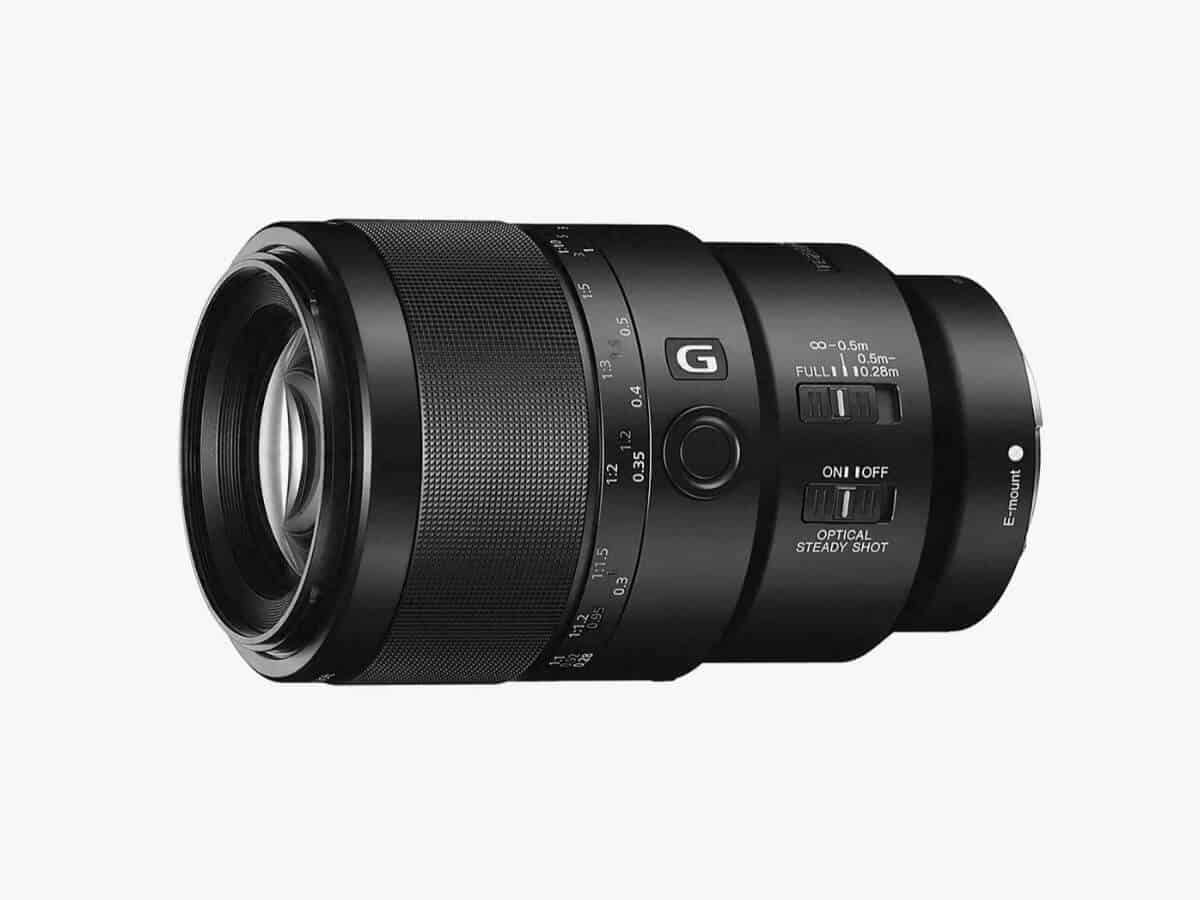
Macro lenses are specialty lenses designed to photograph close-up images of small objects. They typically have a Magnification Ratio of 1:1. The Magnification Ratio is the relationship between an object that’s focused correctly on the sensor and the subject in real life.
Generally, 40mm and above are the best focal lengths for macro lenses.
Using a teleconverter
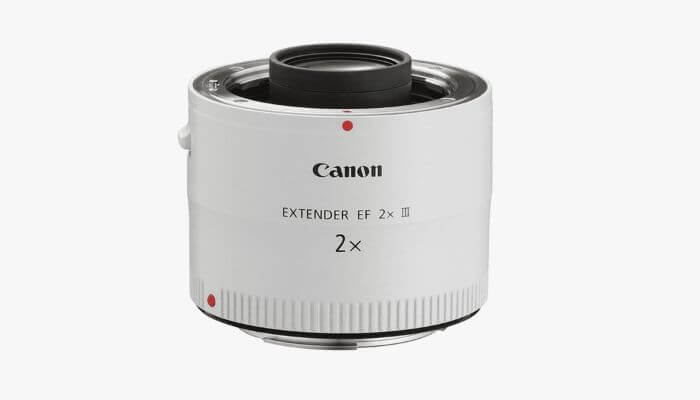
A teleconverter is a magnifying lens that’s used between the camera body and lens that you’re using. They work best when paired with high-quality glass because it slows down the speed of your lens and overall sharpness.
Depending on which teleconverter you buy, they can magnify the focal length by 1.4x, 1.7x, and 2x. This means that you can lose up to 2 stops of light.
If you’re shooting with the Sony 300m f/2.8 and used a 2x teleconverter, the result would be 600mm f/5.6, and the image won’t be as sharp.
The benefit of using one is that they’re cheaper than buying a super-telephoto lens.
For example, the Canon EF 600mm f/4L IS III USM Telephoto Lens is $12,999. To save money, you can buy the Canon 300m f/2.8 for $6,099 and use a 2x teleconverter for $429. This would result in a 600m f/5.6, but the downside is that you’ll lose sharpness. However, the cost difference is $6,528 vs. $12,999, that equals $6,471.
If you want to save even more money and you’re fine with an aperture of f/8, buy the Canon 300mm f/4 for $1,349. The total for this setup would be $1,778.
Conclusion
The understanding of focal length is essential for purchasing or choosing a lens for a photoshoot. Remember, short focal lengths mean wide-angle images, while long focal lengths mean a more magnified image.
More resources:
